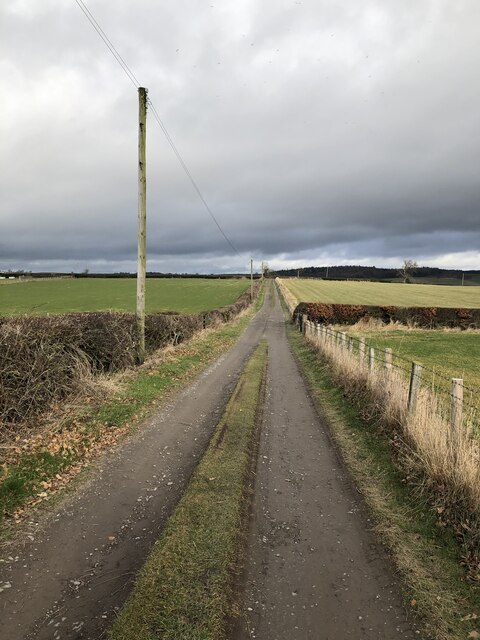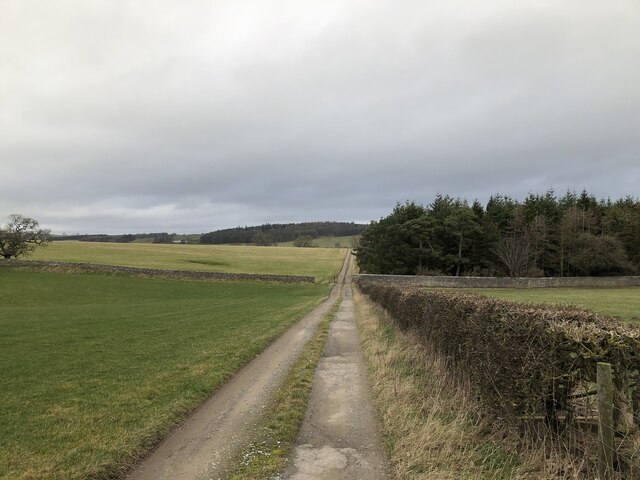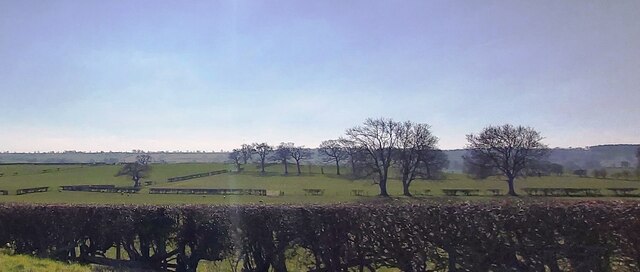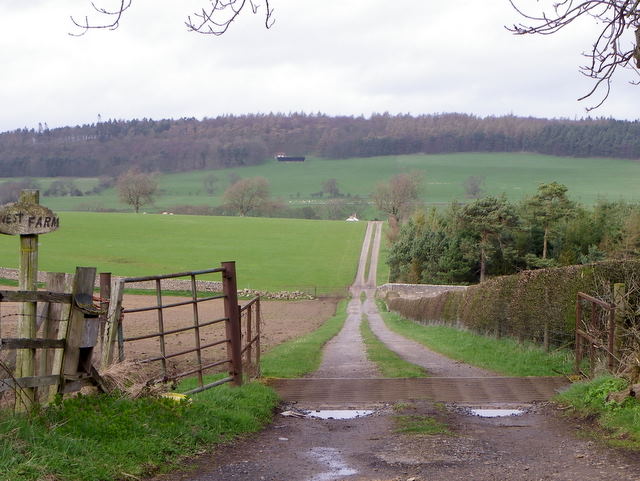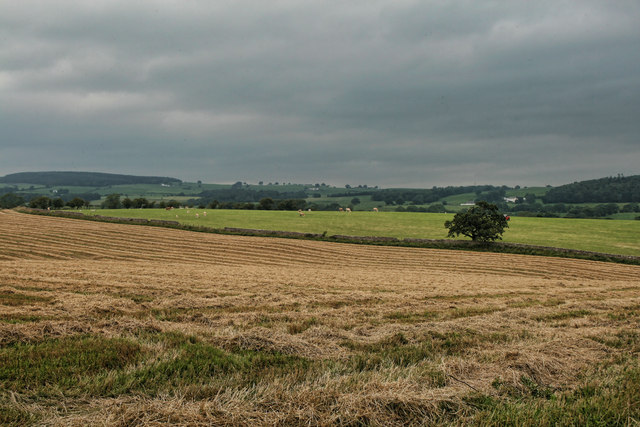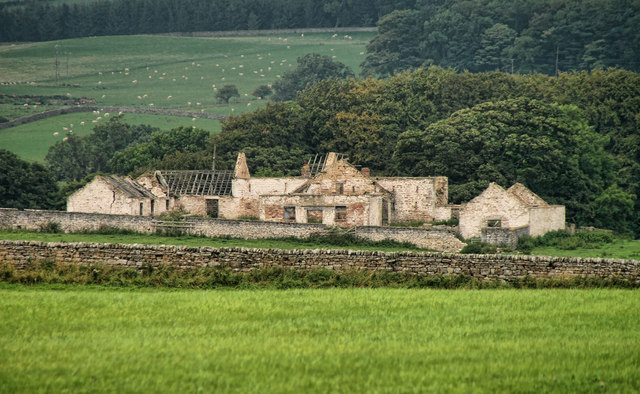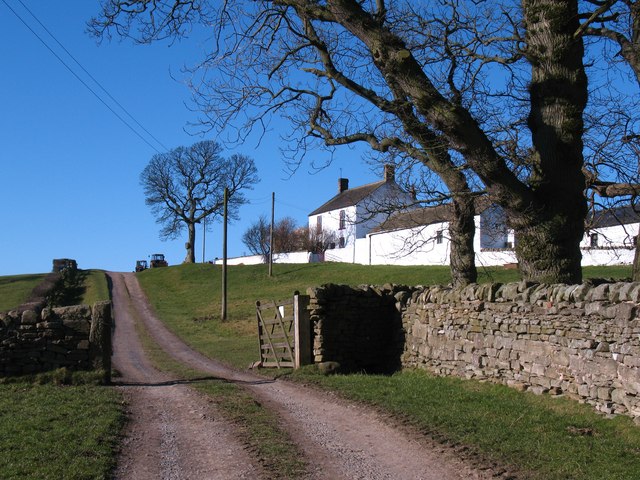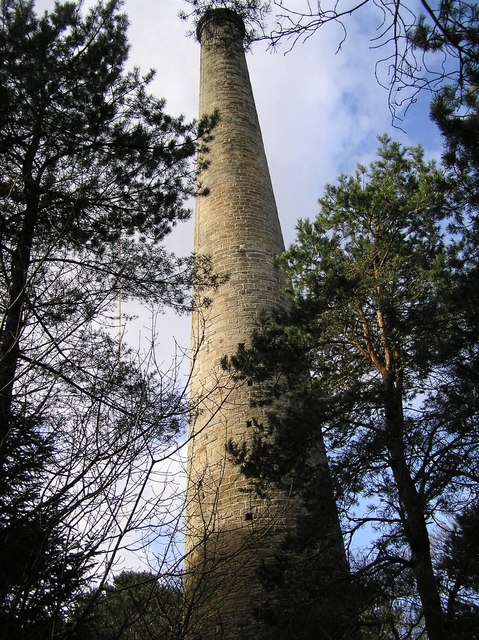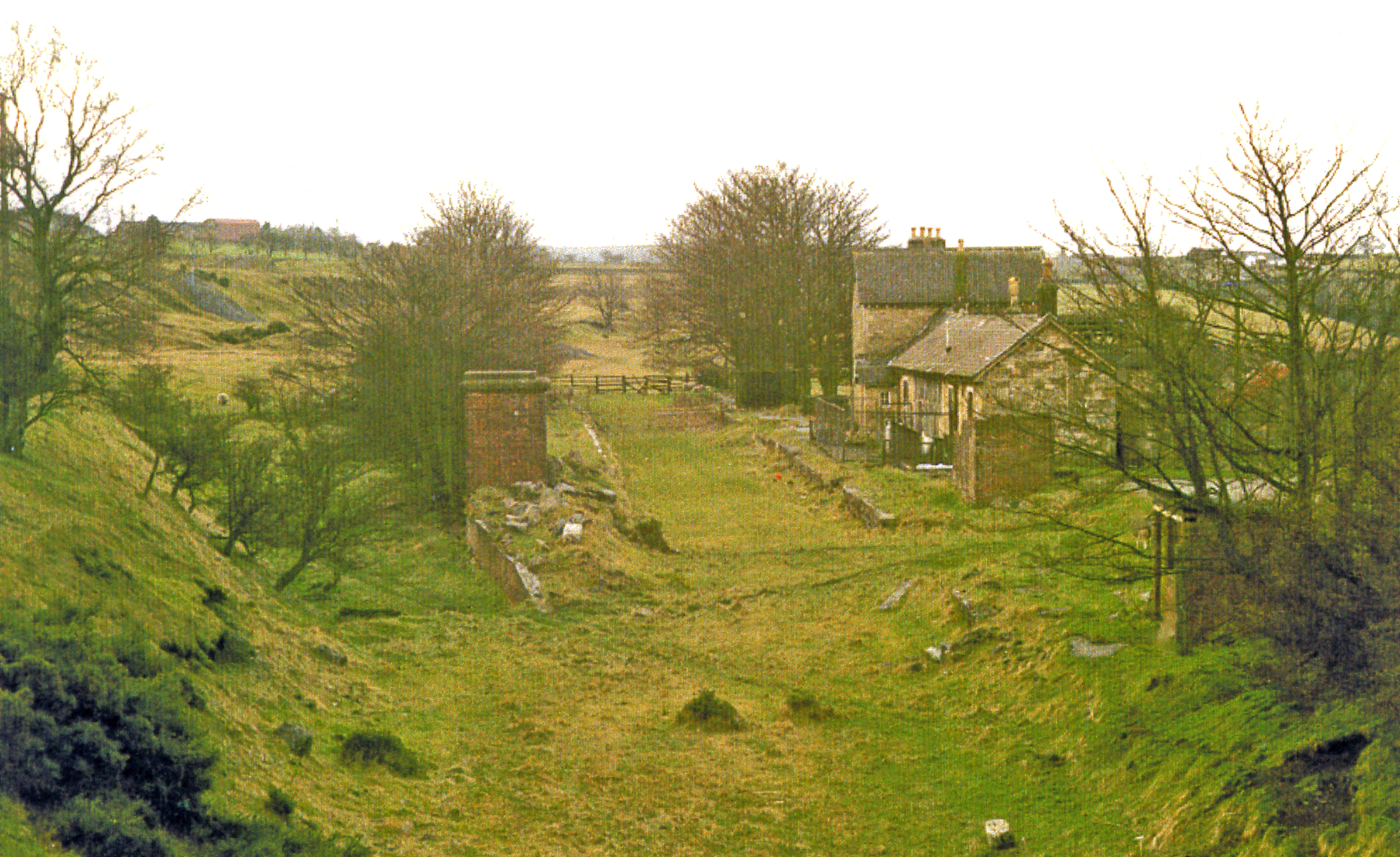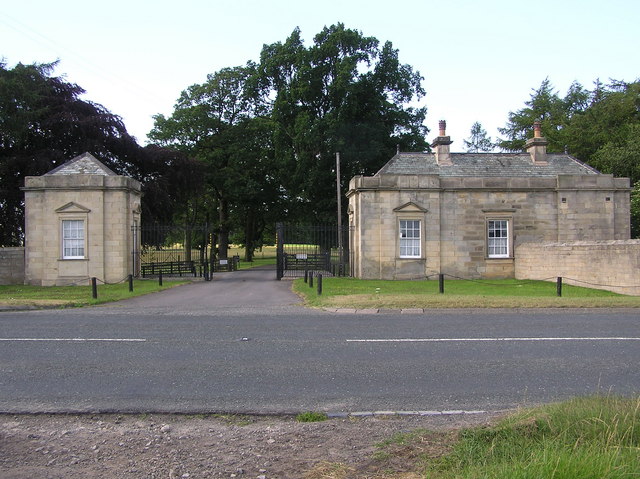Blackburn Wood
Wood, Forest in Durham
England
Blackburn Wood
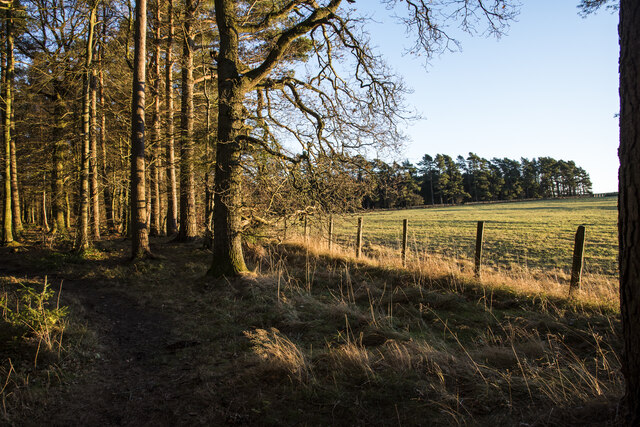
Blackburn Wood is a picturesque forest located in Durham, England. Spanning over a vast area, it is a popular destination for nature enthusiasts and outdoor lovers. The wood is characterized by its dense canopy of various tree species, creating a tranquil and serene atmosphere.
The diverse range of flora and fauna found in Blackburn Wood is a testament to its ecological significance. The forest is home to numerous species of birds, including woodpeckers, owls, and songbirds, making it a paradise for birdwatchers. Additionally, small mammals such as squirrels, rabbits, and foxes can also be spotted in the wood.
Visitors to Blackburn Wood can enjoy a variety of activities. There are well-maintained trails that wind through the forest, allowing for leisurely walks and hikes. These paths provide opportunities to explore the wood's natural beauty and discover hidden gems along the way. Picnic areas are also available, providing a peaceful spot to relax and enjoy the surroundings.
The wood is open to the public year-round, with different seasons offering unique experiences. In the spring, the forest comes alive with colorful wildflowers and budding trees. Summer brings warmer temperatures, while autumn presents a stunning display of vibrant foliage. Winter transforms the wood into a peaceful, snowy landscape, perfect for winter walks.
Blackburn Wood, with its natural beauty and tranquil ambiance, offers a much-needed escape from the hustle and bustle of city life. Whether it's for a peaceful stroll, birdwatching, or simply enjoying a picnic surrounded by nature, this forest is a true gem in Durham's countryside.
If you have any feedback on the listing, please let us know in the comments section below.
Blackburn Wood Images
Images are sourced within 2km of 54.602126/-1.8573555 or Grid Reference NZ0923. Thanks to Geograph Open Source API. All images are credited.
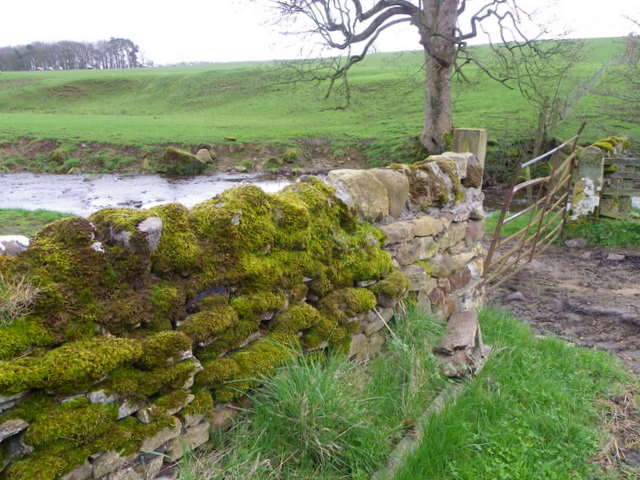

Blackburn Wood is located at Grid Ref: NZ0923 (Lat: 54.602126, Lng: -1.8573555)
Unitary Authority: County Durham
Police Authority: Durham
What 3 Words
///motivates.outbursts.guard. Near Cockfield, Co. Durham
Nearby Locations
Related Wikis
Nearby Amenities
Located within 500m of 54.602126,-1.8573555Have you been to Blackburn Wood?
Leave your review of Blackburn Wood below (or comments, questions and feedback).
